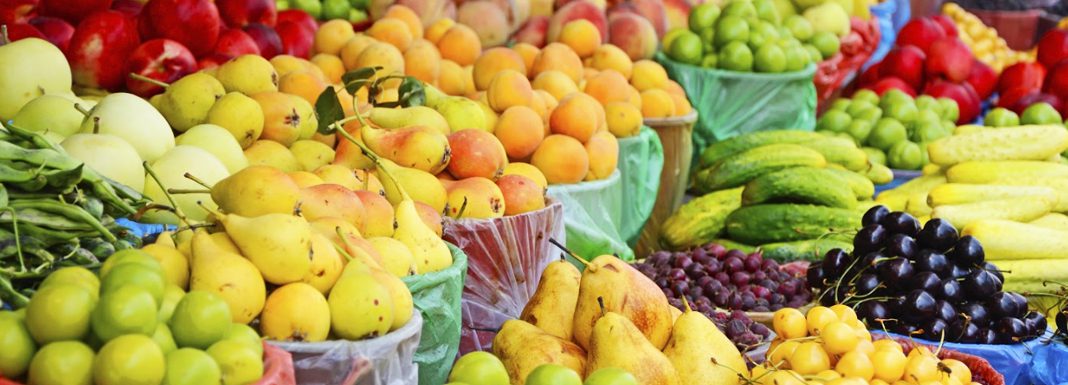You have probably seen ads telling you that spirulina, chlorella or blue-green algae are wonder foods that "may help increase energy, decrease fatigue, enhance brain function, oxygenate the blood, nourish the nervous system, improve memory and concentration, increase muscle mass, speed healing, protect against pollutants and radiation, purify the blood, relieve kidney stones, and improve over-all health." Should you believe these claims?
Spirulia and chlorella are algae, a huge family of organisms that range in size from microscopic to 180 feet long (seaweed). More than 200 species have been used as food since prehistoric times in virtually every country that has a coastline. They have also been used widely as fertilizer. Algae are abundant, high in minerals, and can be good sources of protein, carbohydrates, fiber, essential fatty acids and vitamins.
The microscopic algae growing in cold ocean waters contain essential omega-3 fatty acids, but these are not the algae that are marketed as supplements. They are the bottom of the food chain for ocean life: they are eaten by zooplankton, which are in turn consumed by larger and larger shellfish or fish, and fish-eating birds and mammals. So you get their benefit when you eat cold-water fish and shellfish.
Spirulina, chlorella and other algae grown in fresh-water lakes can be harvested because they collect in large amounts on the surface ("pond scum") and can be skimmed off. They do not contain the omega-3 fatty acids that are found in the cold-water species. They do contain protein, vitamins and minerals, but not in any greater amounts than that found in any other food. Ancient tribes in South and Central America harvested the algae from their lakes, dried it in bricks and ate it in large amounts, not in tiny pills. You need to eat a pound of blue-green algae to equal, say, a pound of soybeans. That is why it makes no sense to buy blue-green algae in pills. A pound of dried soybeans costs 89 cents; a pound of dried blue-green algae in pill form costs over $1000. Blue-green algae does not contain any "miracle" substances and has not been shown to cure anything, despite the claims of its promoters.
Large algae (seaweeds) have more fiber and carbohydrates, and less protein, than the microscopic algae, but they are also a good source of minerals and some vitamins. Various types are available in Asian markets, and can be a tasty addition to soups or stews.
Algae or seaweed harvested from polluted waters will contain the toxins found in the water, so unless you gather it yourself and know the water is clean, don't eat large amounts.
Checked 4/5/17



